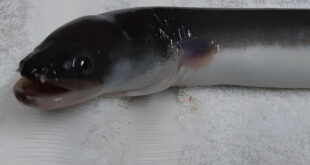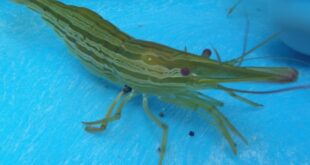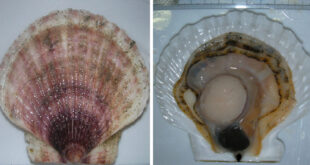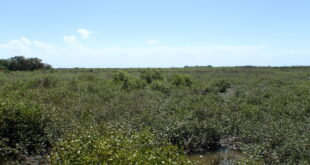By Development Communication Section
The specialized training courses on “Seaweed farming” and “Aquafeed formulation and preparation” were organized simultaneously by AQD from 19 March to 1 April with funding from the WorldBank through the Kenya Coastal Development Project.
The seaweed course included lectures on seaweed industry status, biology & taxonomy of seaweeds, nursery & grow-out culture among others. There were also practical activities such as preparation of culture materials & media, production of micropagules, land-based nursery culture, planting of seaweeds, and preservation & identification of seaweeds. Although organized mainly for two staff of the Kenya Marine Fisheries Research Institute (KMFRI), two more trainees joined from Singapore and Philippines. Mr. James Anyango of KMFRI said that they have gained a lot of technical knowledge, both theoretical and practical.
The aquafeed course had lectures on nutrient requirements, feed formulation, feeding habits & behavior, apparent digestibility measurement, and economics of feeding, among others. There were also practical sessions on feed preparation, evaluation of formulated diets through a feeding experiment, and proximate analysis of feeds. On behalf of his five co-trainees from Kenya and Philipines, Mr. Agwata Ototo, also of KMFRI, expressed appreciation to AQD for meeting their training expectations. “I am very grateful for the experience that I have here; we wanted a training that will transform the academic knowledge that we have into practice and indeed we achieved it here. When we go home, I am sure that we can apply what we have learned in the actual production of feeds,” he said.







 SEAFDEC/AQD Southeast Asian Fisheries Development Center | Aquaculture Department
SEAFDEC/AQD Southeast Asian Fisheries Development Center | Aquaculture Department



